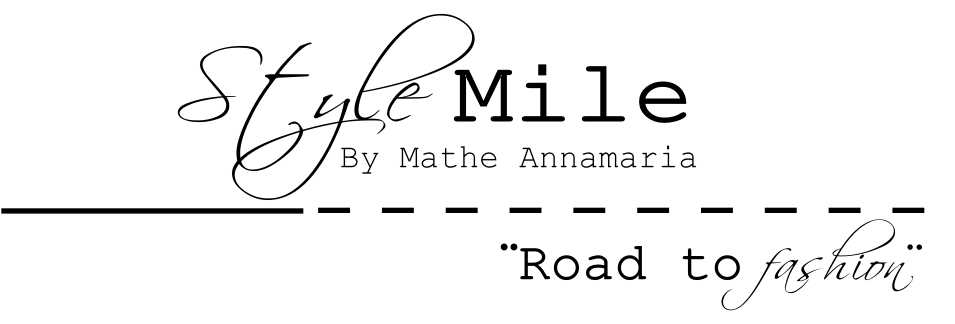Some say that African art doesn’t exist. So I started documenting this subject and I found some really inspirational patterns, forms and color combinations.
Contemporary art of Africa
“To hell with African art. I have
boon forced- me, an artist from Africa! - to consider African art as a
hindrance to my artistic projects rather than a favorable framework for
fulfillment.” ~ by Hassan Musa, an
artist, born in Sudan but now living and working in France. These words of frustration
felt by many contemporary “African artists”, who are angry at the labels
imposed on them and their work by Western aesthetics.
Worship Object made by Hassan Musa, Sudan/ France.
This painted textile is covered
with repeating images of everyday objects. “It’s form is reminiscent of the
various types of ‘charm gown’ worn by peoples of Sudanic Africa, garments which
are covered with objects and/or patterns and colors calculated to protect their
owners from harm.”
Appliquéd cotton wall-hanging Made by Chant Avedissian, Cairo, Egypt 1989-90.
This wall hanging was created in
the late ’80s. Avedissian was inspired from the art of tent making, who created
large elaborately pattern masques for centuries, which provide the backdrop to
many important events in urban Egypt.
My favorite was the ‘Big Masquerade with boat and household on
his head` Made by Sokari Douglas
Camp, in ’95.
It’s made from
wood, pigments, steel, glass and synthetic material. This sculpture relates to a contemporary
Kalabari masquerade. The story is about
a water spirit, who joins their worshipers among the world of men. “As a
Kalabari woman, she could not perform in the predominantly male preserve of
masquerade, still less make art out of it, particularly using a medium-metal-
the working of which remains an almost exclusively male domain throughout
Africa. However, as an artist her androgynous persona allows her to transcend
gender division and to move between worlds, a little like a spirit she is
portraying in this sculpture.”
This sculpture
is really inspiring. The color combination is well thought out. She used red spotted paint for
expressing blood on apron. The personality of this sculpture is really dramatic
and evil but in the same time protective. The dramatic personality is expressed
by the unpainted still. The head and apron is painted like a camouflage
expressing a two faced person. This work
of art reminds me of fashion today and ordinary people, who want to be more,
than what they are.
The other favorite piece
is the “Drum” made by Nja Mahdaoui, La Marsa, Tunisia, ’97.
This drum is made of woos, skin, pigment, gold and fiber.
Looking at these hieroglyphs, which
I can’t figure it out, but makes my mind to think of them as a pattern. Looking
at the writing I can see the contrast between colors and texture. This drum is
really inspiring, all I can think of is a dress covered with these hieroglyphs
in different ways.
The next work
of art is the “Knowledge is Sweeter than
Honey” made by Susan Hefuna in 2007. This particular piece was made
out of wood. She used this motto written
in Arabic script and incorporate in this dual heritage. Makes me think about OP
art.
The art of Masquerade
Masquerades in
Africa are an art of transformation. They are the most important elements of
African art. The actual headpiece is often obscured by a secondary decoration
and paint. Masquerades include wild beasts, spirits even the death. Mostly this
ritual includes only man, but there is a rear ritual performed by woman of
Sierra Leone, for the water spirit Abbi Alagba.
“European
artists saw what they wanted to see in the art of Africa and in so doing
created the notion of ‘Primitive Art’ with all its racist connotation which
continue to the present day. ”
There are
Otobo masks: Click here! made by Kalabari people in Nigeria.
The African
mask history is really wide and interesting, I can’t write about it within the
limited boundaries of this short article.
African textile
African clothing started with
masks and body painting, today is a repeated pattern and color full textiles.
Clothing in Africa is a means of displaying power and prestige. Clothing's may
also carry a combination of visual images or written inscriptions which provide
ways to communicating public and personal messages about health, politics, etc.
The techniques and materials used to produce cloth vary greatly within Africa.
Cotton and synthetic yarn are widely used. Today machine-printed cloth is
extremely popular in Africa.
This pattern is used for
skirts. (‘Cut-pile’ skirt Raffina palm fiber and natural) African forms and
color combination are rich.
Sometimes a person's true wealth
and status in the community will only be fully realized after his death, trough
the cloths displayed at his funeral.
The cloths are woven by men, and
then painstakingly embroidered by women using the ‘cut-pile’ technique, in
which a special knife is employed to cut individual strands of raffia to create
a soft, velvety texture to the cloth. The women's have, by implication,
neglected other domestic chores to complete these prestigious cloths which are
then left unused until funerary ceremony.
Another
typical cloth accessories are the woman’s warp-around outer garment
(ride’ahmar)
These are some modern prints.

Tunic: is the
most common cloth of Africa. They call it jibba.

“The most common type of tunic
was particularly associated with the Baqqara Arabs, who rapidly became the
ruling elite in the military autocracy which developed when their leader, the
Khalifa, succeeded the Mahdu in 1885. The spear-kike motifs which appear on the
patch pockets of the jibba may have been designed to pierce the evil eye and
thus negate its harmful effect. The breast pockets may also have contained
amulets.”
The other
African traditional
clothing is the “Ceremonial
skull cap”.



Woman’s tailored blouse (quimau)
Bibliography:
African art indetail by Chris Spring written in 2009 –you can read the book here.
Suggested
article:Here!
The part 2 of this article comes next week. Stay tuned.


















No comments:
Post a Comment